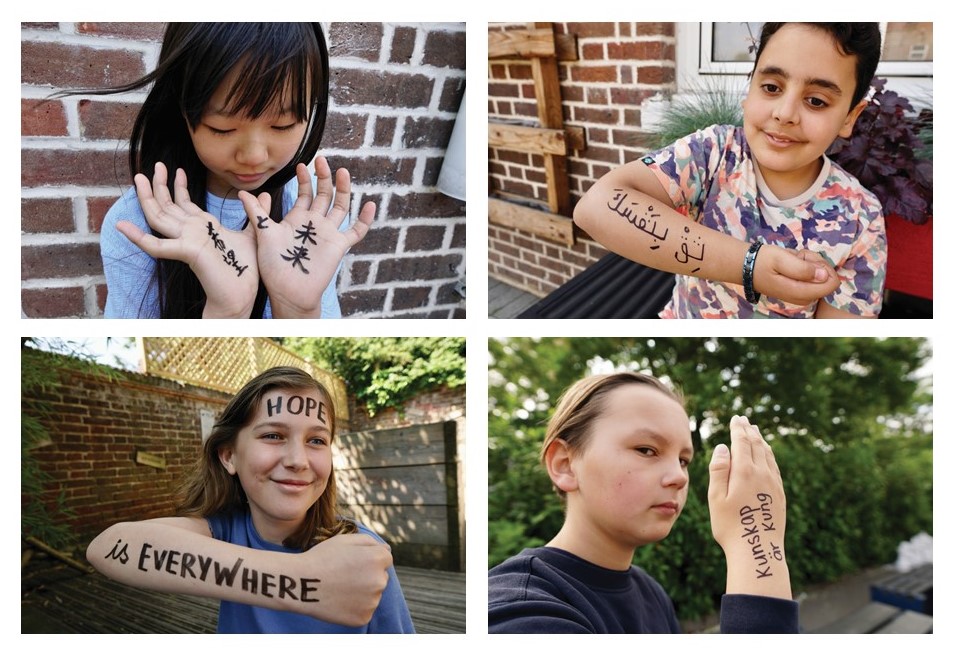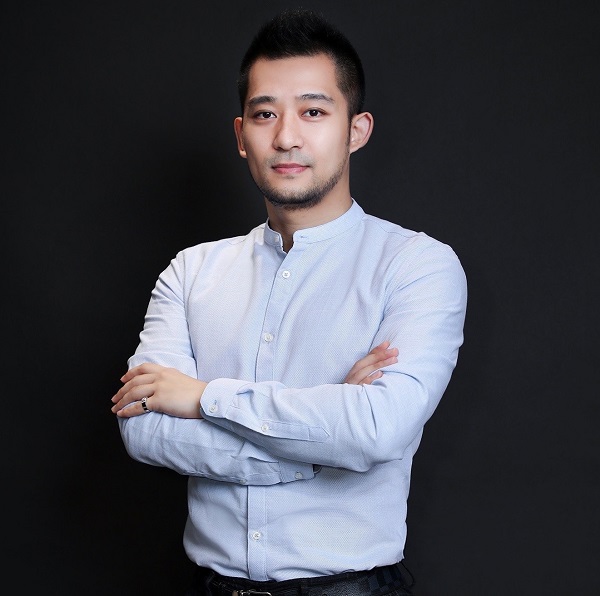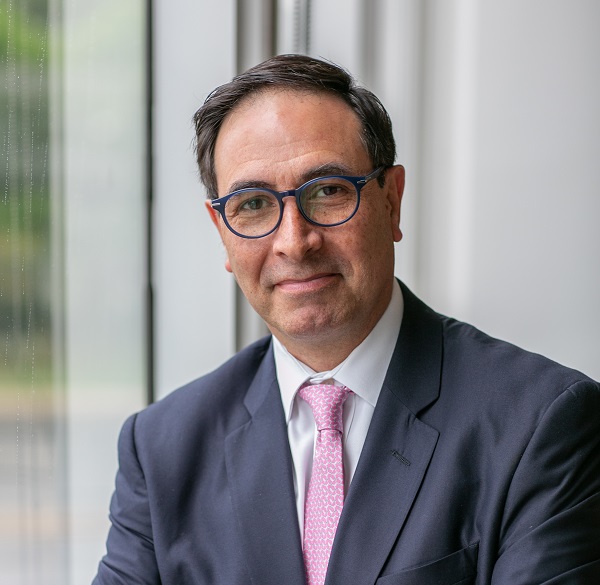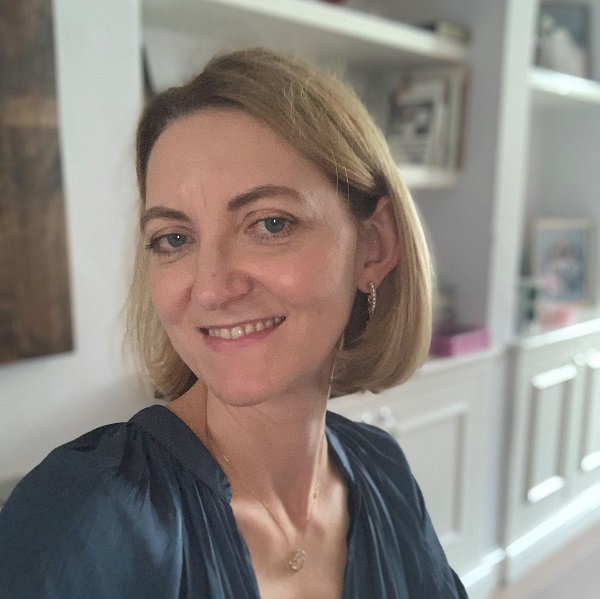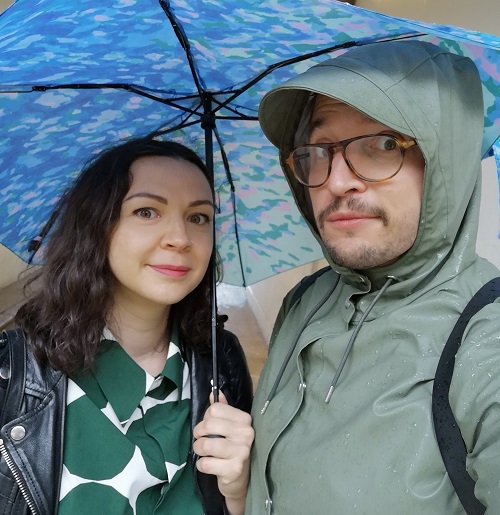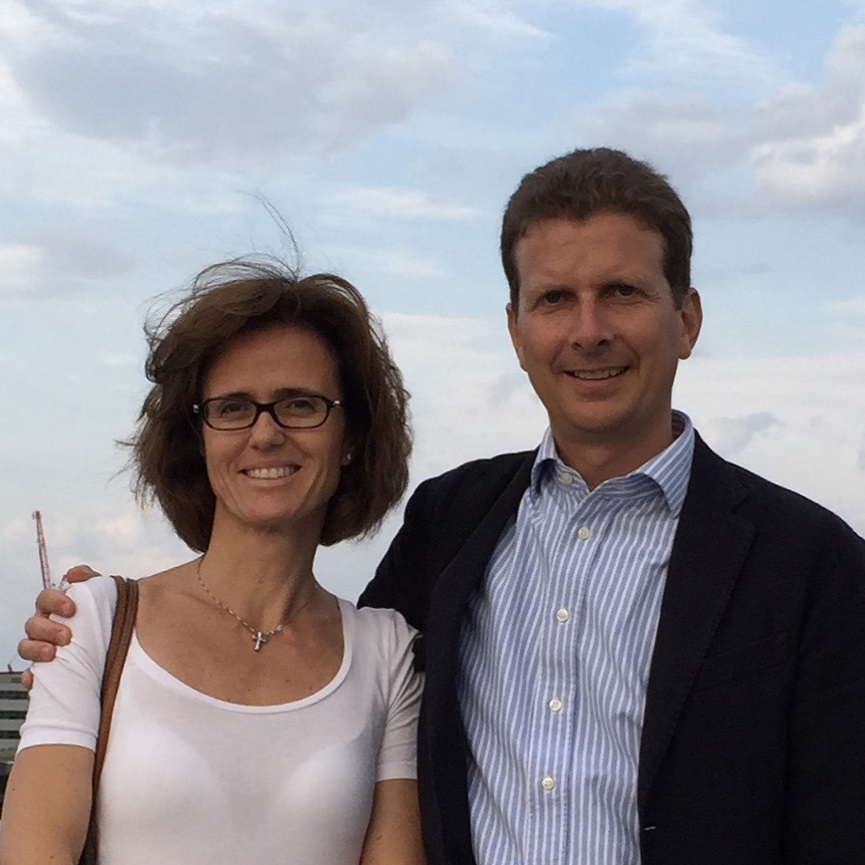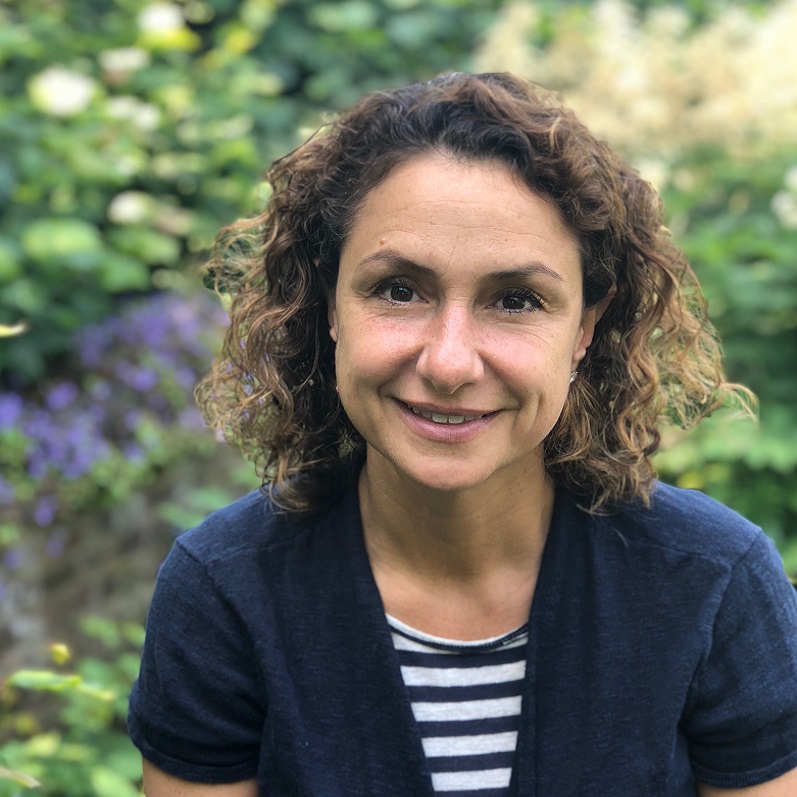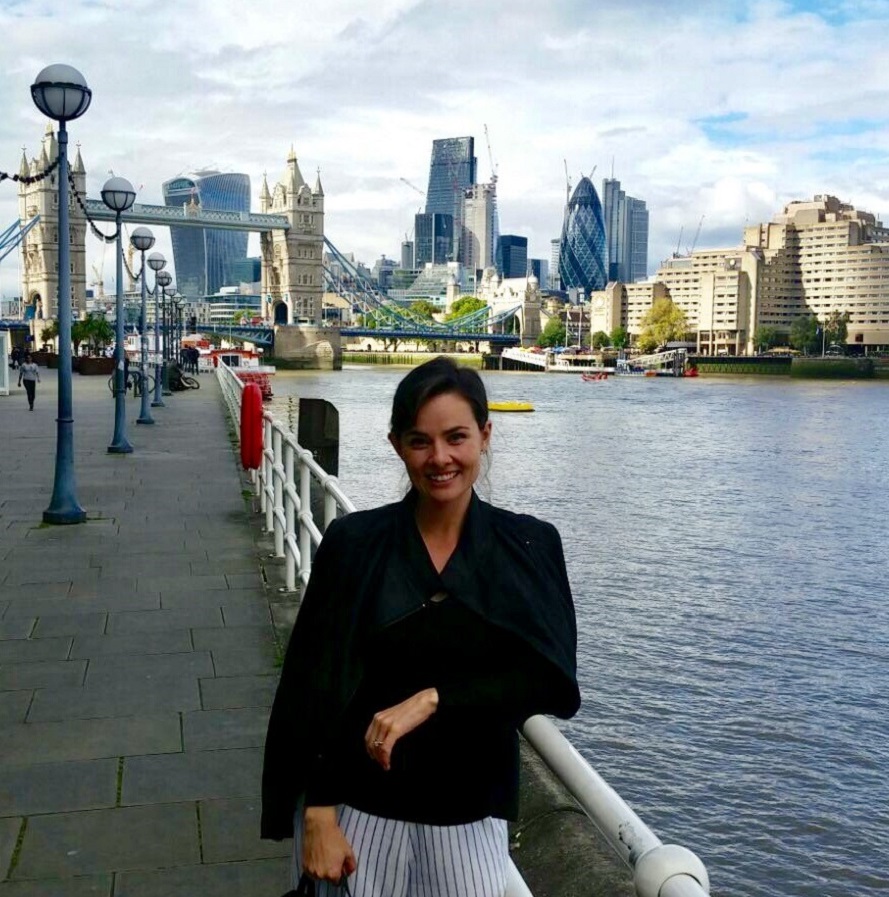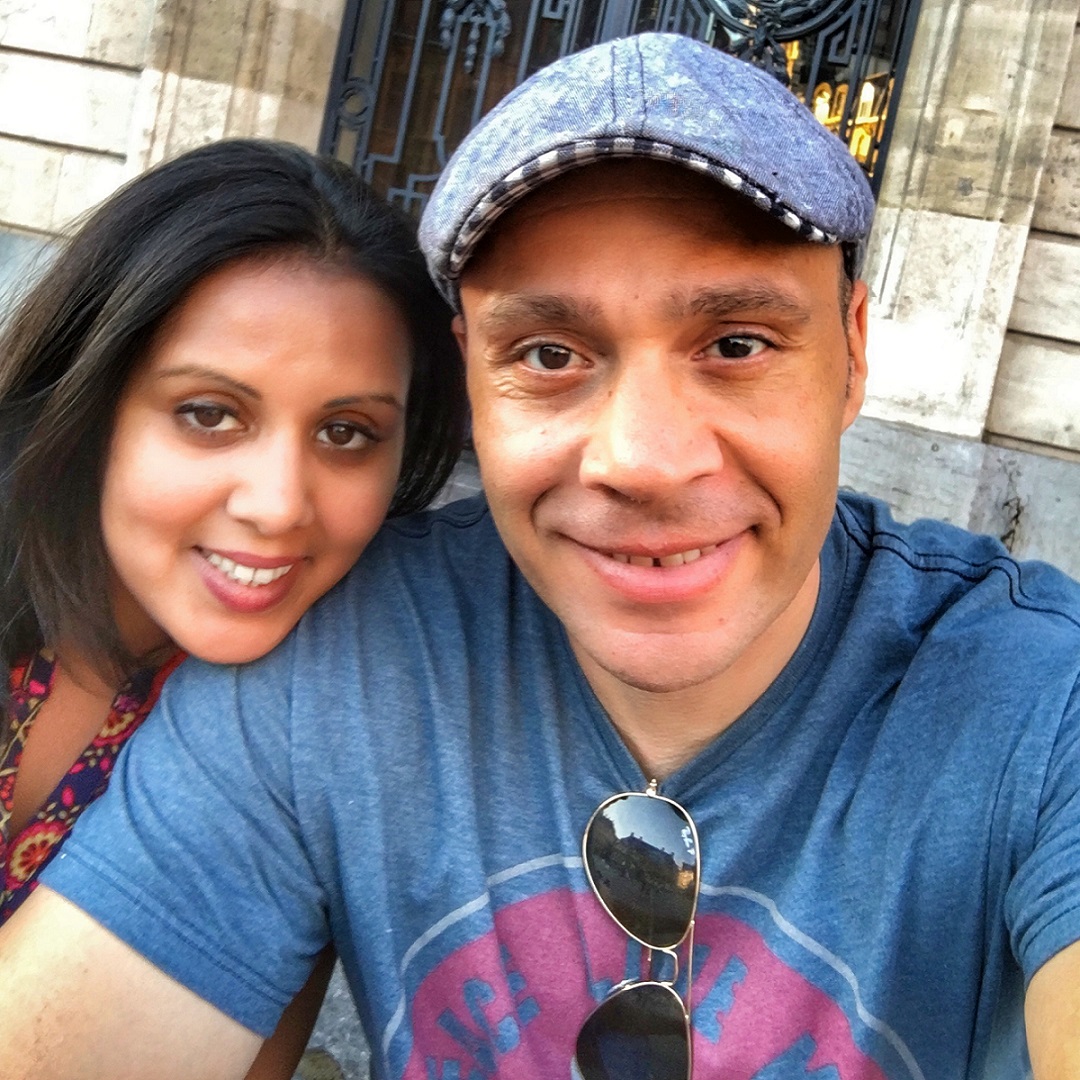Opportunities for discovery
Living in a city as linguistically diverse as London is an experience filled with unique opportunities, especially for those who love exploring different cultures. As you wander through the streets, visit cosy cafés, or hop on the tube, you’re surrounded by a world of languages, each with its own story. London’s multicultural vibe, deeply rooted in post-war immigration from Southeast Asia and the Caribbean, has been further enriched recently by newer waves of South American and Eastern European communities. Neighbourhood festivals buzz with the celebration of this diversity. You’ll find pockets of cultural heritage throughout the city: French bistros in Kensington; Polish delicatessens in Ealing; a thriving Japanese community in Acton; or how about Edgware road, a vibrant community where you can taste the delights of the Middle East, just a stone’s throw from central London. These diverse communities ensure that no matter where you’re from, there’s a piece of home waiting for you in London.
Multilingualism is a superpower that opens doors to all these communities and many, many more. The question is, how do we harness that superpower?
Choosing the right multilingual education
The choice between a multilingual education and an English-centric school that offers support in your native language is pivotal in shaping your child’s linguistic journey and to harnessing this multilingual superpower. The city is home to a wide array of international and bilingual schools, each offering unique multicultural environments and these institutions are particularly nurturing for children from expatriate families, providing a sense of familiarity in a new setting.
At ISL, we take enormous pride in our unique and extensive Multilingualism offer. We offer 24 home languages at the time of publishing, working closely with talented and experienced language & literature teachers who deliver carefully selected content that corresponds to student and family needs, fully interwoven into the IB diploma (DP), middle-years (MYP) and primary (PYP) curricula. This is complemented by an extensive world languages offer for those wishing to learn new languages, and a comprehensive English-as-an-additional-language team. All three language areas combine to create a powerfully enriched education where we cherish and develop the student’s home culture while embracing future pathways as well.
Which curriculum is best?
Regardless of whether you wish to return to your home country after a few years, or whether you intend to move to another country afterwards, your choice of curriculum is crucial. The long-term educational planning should take into account how the school’s curriculum aligns with your future plans, ensuring a smooth transition when the time comes. Additionally, the accreditation and educational standards of the school are important markers of quality, especially in their approach to multilingual education. As such, it is important to gain an understanding of the various curricula on offer, whether it is the International Baccalaureate, or UK-based iGCSE/GCSE offer, another curriculum of a potential future host country, or even a mixture! Different schools will offer a different combination of curricula, so it is important to make direct contact with shortlisted schools to understand their selection and timetabling processes, and levels of flexibility to ensure that they are a right match for your family’s plans.
For expatriate families, London is not just a new home but a vibrant playground for linguistic and cultural exploration. As you embark on this journey, the right school can transform the challenge of adapting to a new city into an opportunity for your children to flourish in a multilingual world. In London, every language tells a story, and your family is about to write its own exciting chapter in this city’s grand narrative.
